When it comes to feeding livestock, the debate between hydroponic fodder and traditional soil-grown fodder is growing. Farmers and dairy owners want the best balance between cost, nutrition, and efficiency. In this article, we’ll compare both methods side-by-side so you can decide which is right for your farm.
1. Growing Method
- Hydroponic Fodder: Grown without soil in trays, using only water and controlled light. Seeds germinate and mature into green mats within 7 days.
- Traditional Fodder: Planted in soil, relying on seasonal weather, irrigation, and natural growth cycles that take 60–90 days.
Winner: Hydroponics — faster growth and no dependency on weather.
2. Time to Harvest
- Hydroponics: Ready in 7–9 days.
- Traditional: Requires 2–3 months for maturity.
Why it matters: Faster cycles mean more consistent feed supply year-round.
3. Space Requirements
- Hydroponics: Can produce up to 600–800 kg of fresh fodder daily in just 100 sq ft with vertical racks.
- Traditional: Needs large open fields to produce the same amount.
Winner: Hydroponics — ideal for small farms or urban setups.
4. Water Usage
- Hydroponics: Uses 90–99% less water due to recirculation systems.
- Traditional: Heavy dependence on irrigation, especially in dry seasons.
Winner: Hydroponics — crucial in water-scarce areas.
5. Nutritional Value
- Hydroponics: High digestibility (up to 80%), rich in vitamins, enzymes, and minerals.
- Traditional: Good nutritional content, but digestibility is lower (around 30–40%) due to more fiber.
Winner: Hydroponics — especially beneficial for dairy cattle and poultry.
6. Cost Factors
- Hydroponics: Higher initial setup cost but lower ongoing feed costs.
- Traditional: Lower initial cost but higher recurring expenses (labor, water, fertilizers, pesticides).
Winner: Depends on your budget — hydroponics pays off in the long term.
7. Risks & Challenges
- Hydroponics: Sensitive to temperature, humidity, and seed quality. Mold can be a problem if hygiene is poor.
- Traditional: Dependent on climate, vulnerable to drought, pests, and crop failure.
Winner: Tie — both need proper management to succeed.
Conclusion
If you want fast, water-efficient, and nutrient-rich feed all year, hydroponic fodder is the clear choice. For large-scale, low-cost production in areas with abundant land and water, traditional fodder can still work well.
The smartest farms today often use both methods together — hydroponics for consistent daily feed and traditional methods for seasonal bulk supply.


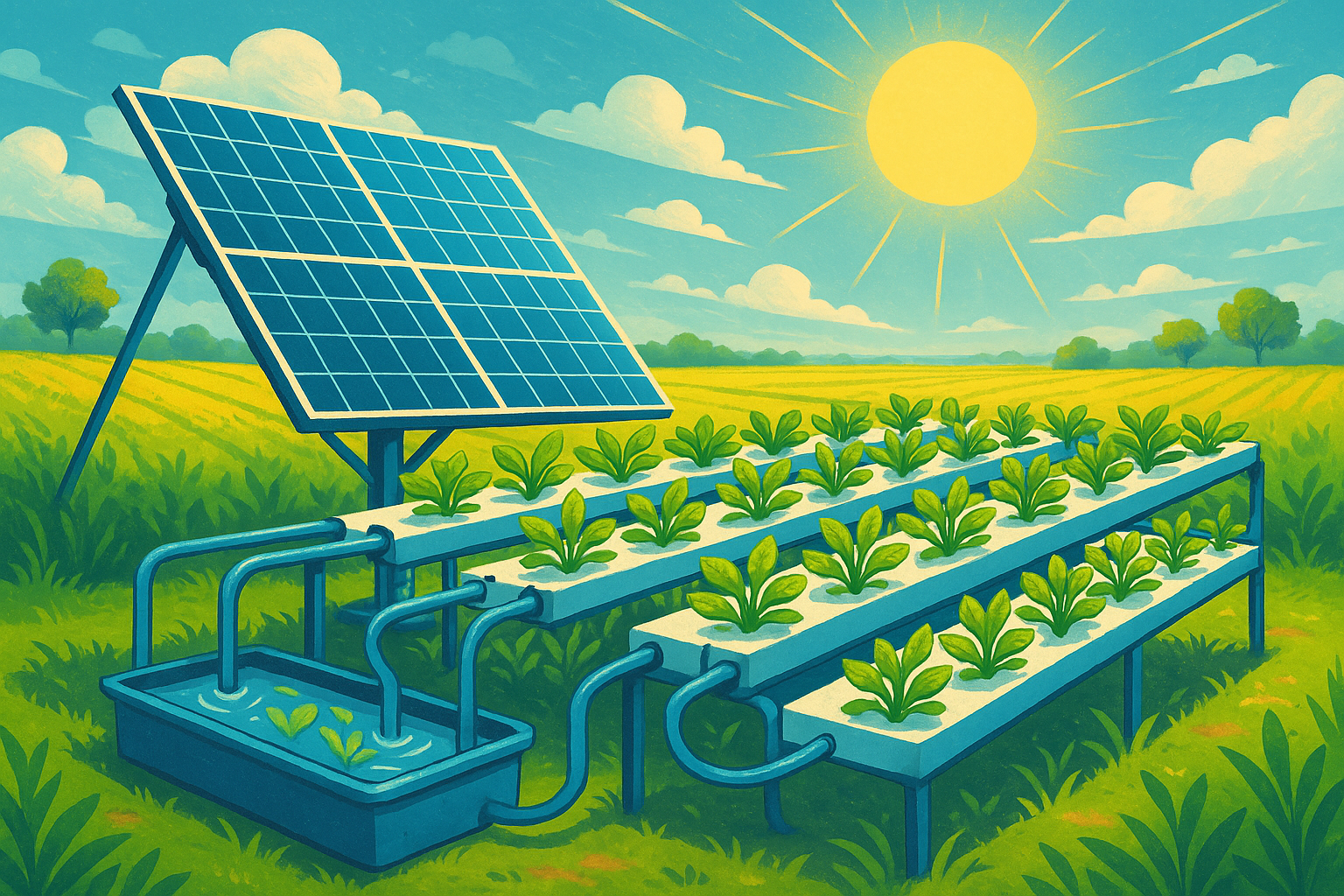
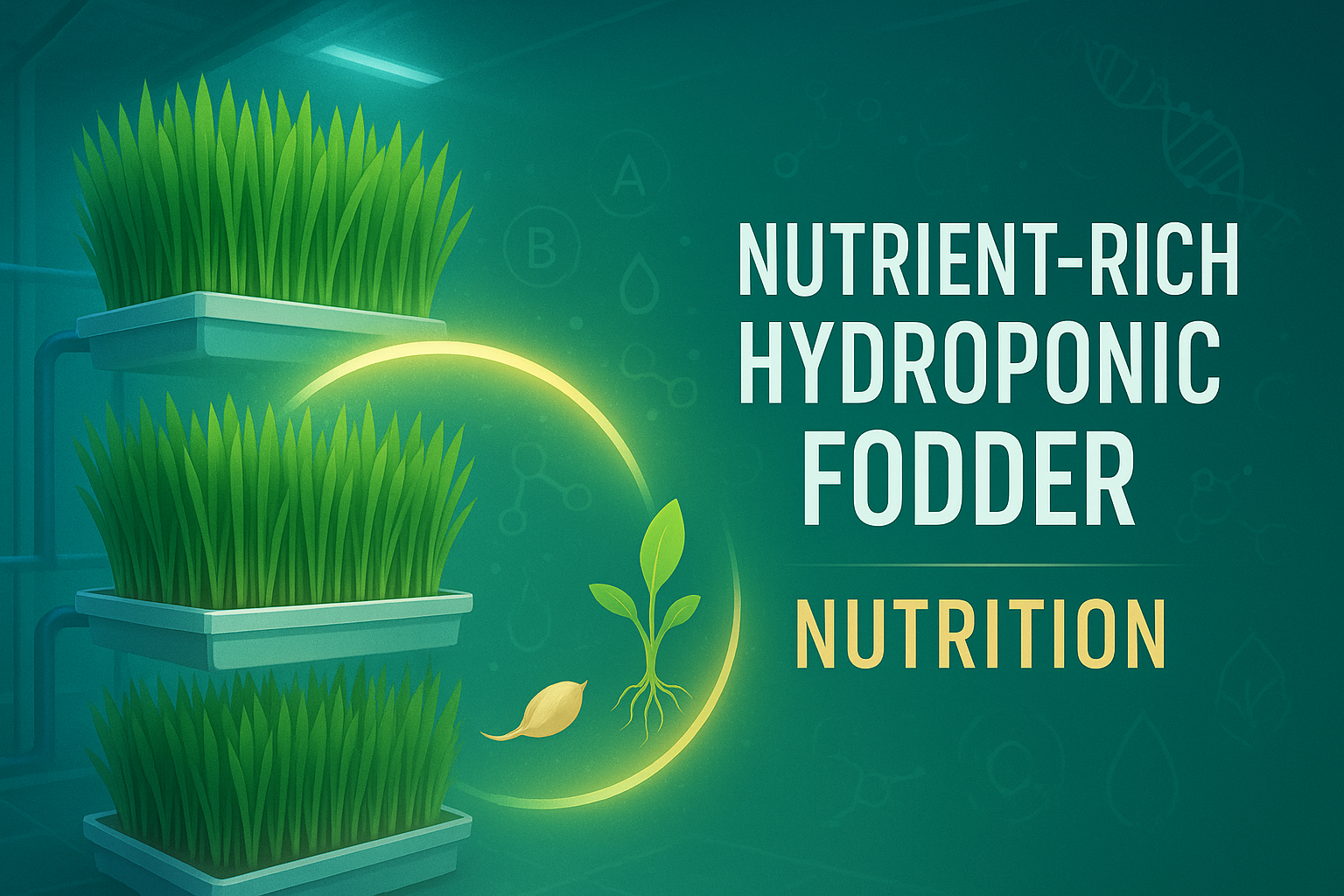
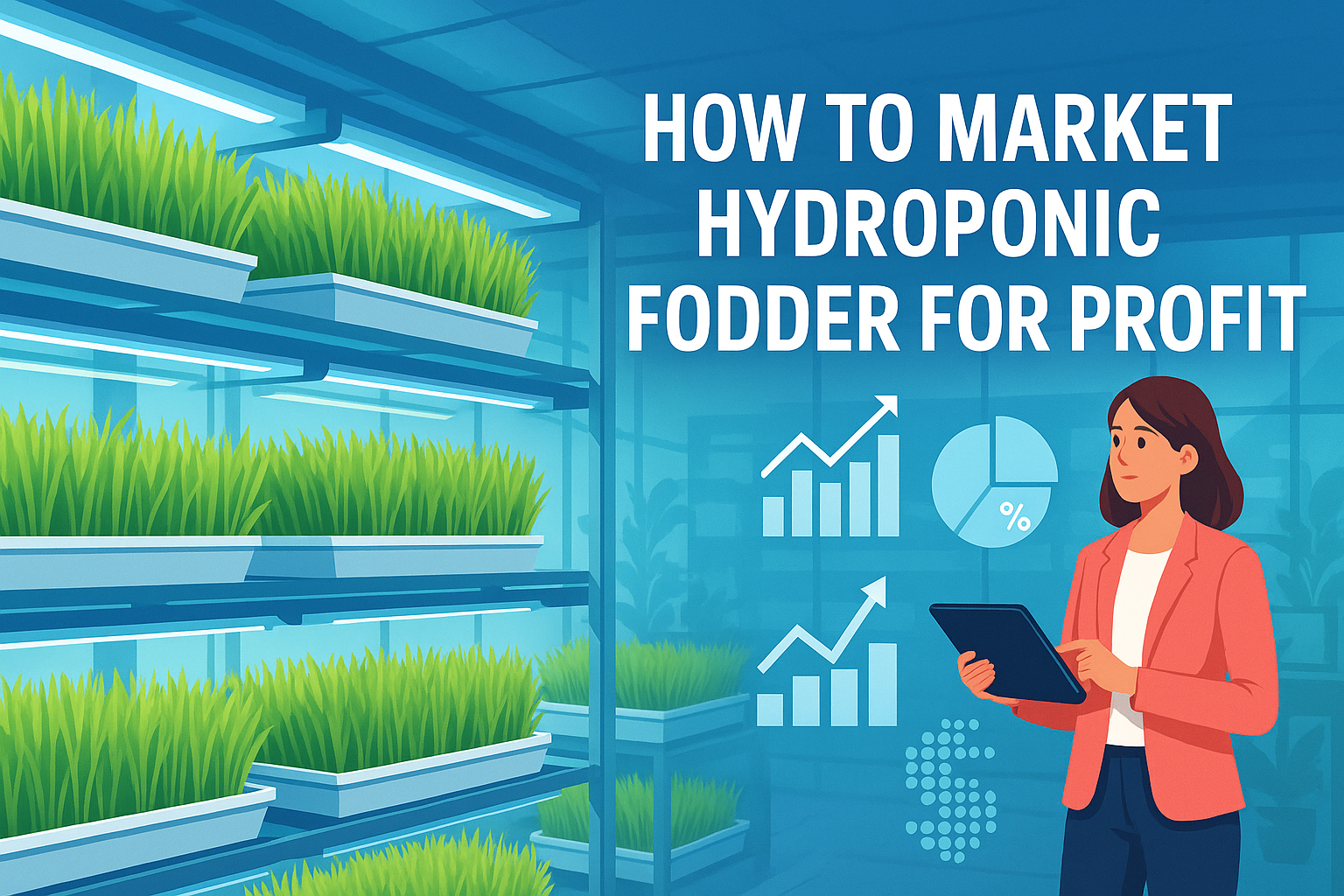
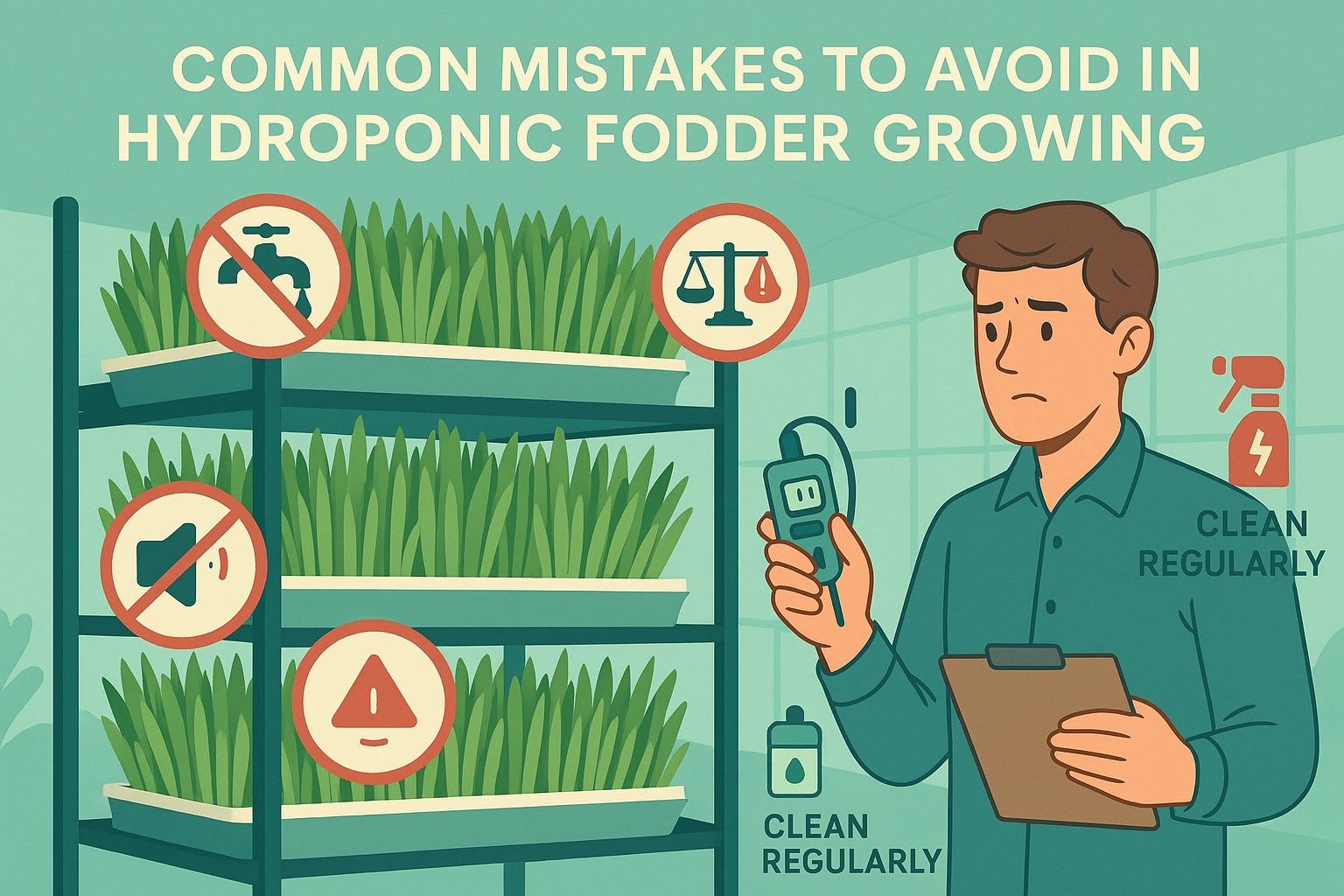




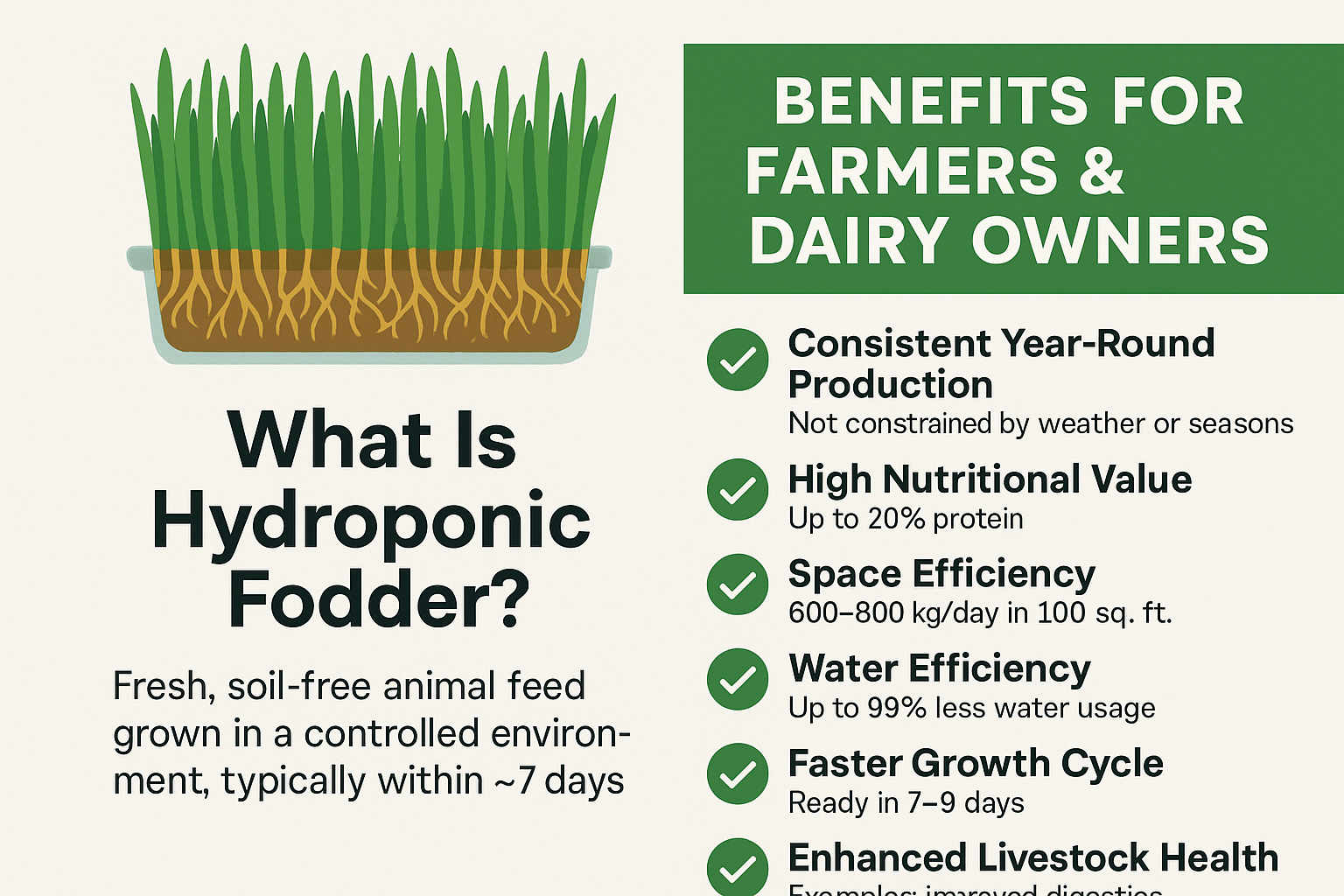
Leave a Reply